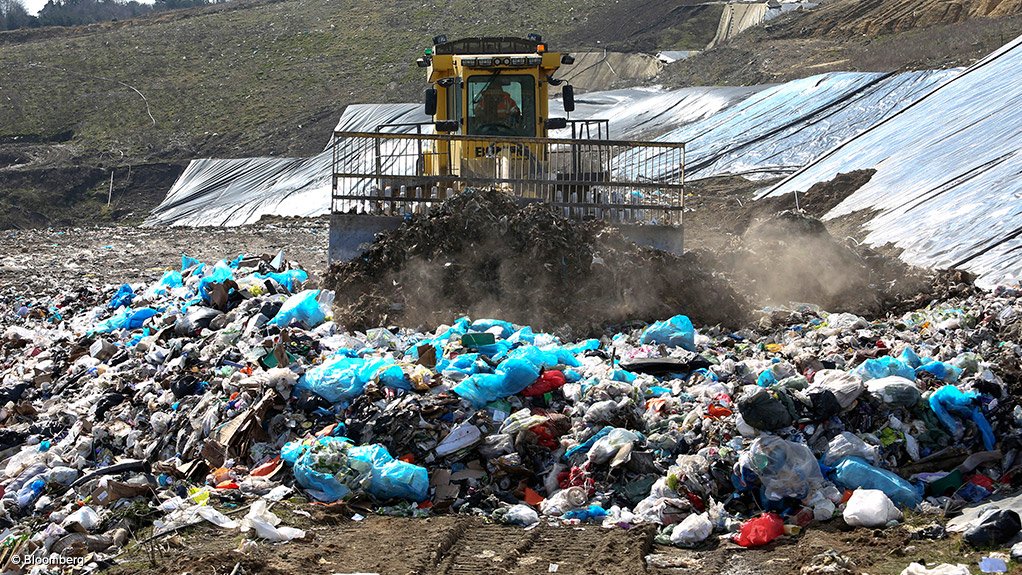Once its landfill gas-to-energy projects were completed, the City of Johannesburg will be able to generate 19 MW of electricity, which could be used by about 12 500 middle-income households.
The city explained in a statement that landfill gas was mainly made up of methane, carbon dioxide (CO2) and oxygen, of which methane had the most harmful effect the ozone layer.
“The landfill gas-to-energy projects decrease environmental damaged by reducing methane emissions. Methane is sucked through the combination of vertical and horizontal pipes to the flare system where it is burnt and released as CO2 which is less harmful than methane gas.”
The city had, to date, successfully implemented two landfill gas-to-energy projects and would soon be starting construction on the final three.
Currently, landfill gas was extracted, combusted and flared as CO2 to generate electricity at the Robinson Deep landfill site and the Marie Louise project.
The Robinson Deep landfill was completed in May 2011. Initially 68 gas wells were installed with the number to be increased during the second phase of the project, while the Marie Louise project started in February 2012, with 28 wells having been installed.
In future, landfill gas-to-energy sites would also be established at the Goudkoppies, Ennerdale and Linbro Park landfills.
EMAIL THIS ARTICLE SAVE THIS ARTICLE
To subscribe email subscriptions@creamermedia.co.za or click here
To advertise email advertising@creamermedia.co.za or click here











